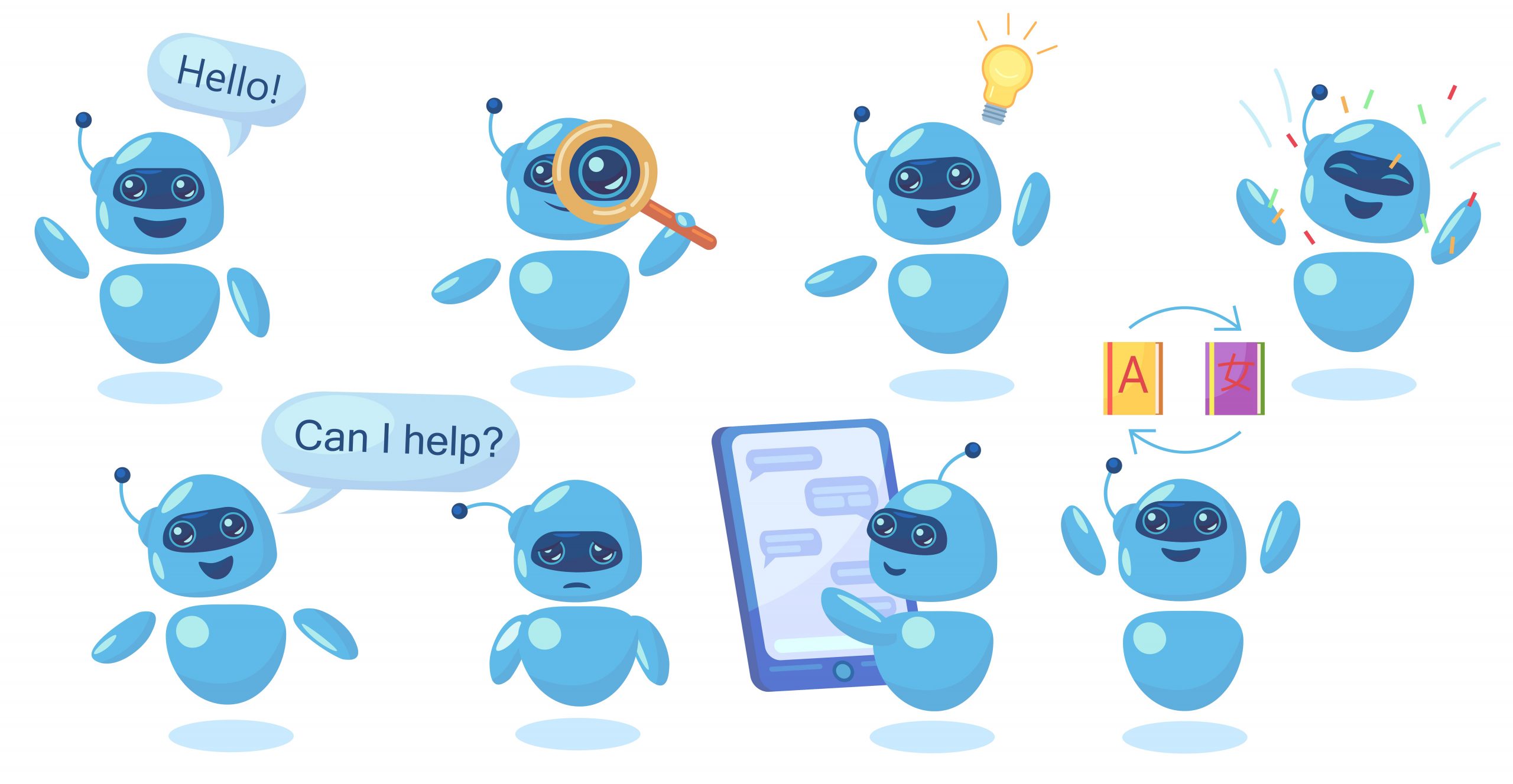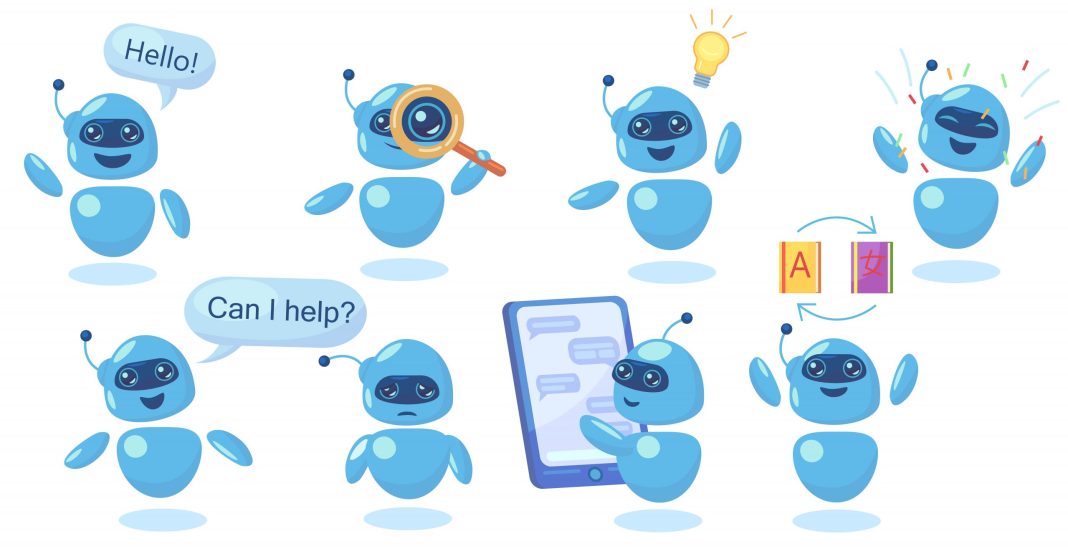 The Rise of AI Bots and Their Influence on Social Media and Elections
The Rise of AI Bots and Their Influence on Social Media and Elections
Introduction:
In today’s digital age, the line between humans and technology is becoming increasingly blurred. Artificial intelligence (AI) is now capable of generating images that mimic reality but lack the knowledge of what constitutes a genuine human experience. These AI-generated images are flooding social media platforms, manipulating users’ emotions and provoking discussions. The question arises: Are these bots simply seeking advertising revenue, or is there a more significant motive at play?
The Manipulative Power of AI Bots:
AI bots have the ability to influence human behavior, whether it be in purchasing decisions or election outcomes. Humans are inherently susceptible to manipulation, making them easy targets for AI-driven campaigns. The number of “likes” a post receives determines its visibility to users, and highly reviewed products attract more customers. Tech giants must consider implementing measures to “robot-proof” likes by requiring users to verify their humanity through actions like ticking a box or selecting images. However, even these barriers may eventually be overcome by AI.
The Science of Manipulating Humans:
While the use of AI in manipulating human behavior may seem like a new phenomenon, it is an age-old science. In 2012, Facebook conducted a study to test the manipulation of users’ emotions by altering their newsfeeds. The study revealed that exposure to positive or negative posts influenced users’ moods and subsequent posts. Humans are particularly susceptible to visual stimuli, making images more influential than words. The ability to control the media and manipulate algorithms gives rise to the potential for influencing public opinion on various topics or issues.
The Specter of AI Disinformation in Elections:
The threat of AI extends beyond social media engagement to real-world implications in elections. European Union (EU) voters have been facing the risk of online disinformation campaigns during recent elections. EU foreign policy chief Josep Borrell warned that Russia has been using state-sponsored campaigns to flood the information space with deceptive content, posing a threat to democracy. However, the solution lies in not taking information at face value. Cross-checking with multiple sources can help mitigate the influence of AI-driven disinformation.
Regulatory Measures and Future Considerations:
Regulators worldwide are taking steps to address the potential harms of AI manipulation. The New South Wales AI Assurance Framework in Australia aims to assess risks and implement mitigations. Deepfake laws have been introduced in Hong Kong and Australia to combat the distribution of fake and AI-generated explicit content. In the United States, investigations have been launched into companies like Nvidia, Microsoft, and OpenAI for their roles in developing AI. The use of data is at the core of AI, and addressing biases associated with algorithms is crucial for responsible AI development.
Conclusion:
As AI technology advances, the influence of AI bots on social media and elections becomes a pressing concern. While regulators work to establish guidelines, users must critically evaluate information and cross-check multiple sources. The integration of AI in our daily lives requires a careful balance between innovation and responsible practices. By understanding the power and potential risks of AI manipulation, we can navigate the digital landscape with greater awareness and resilience.


